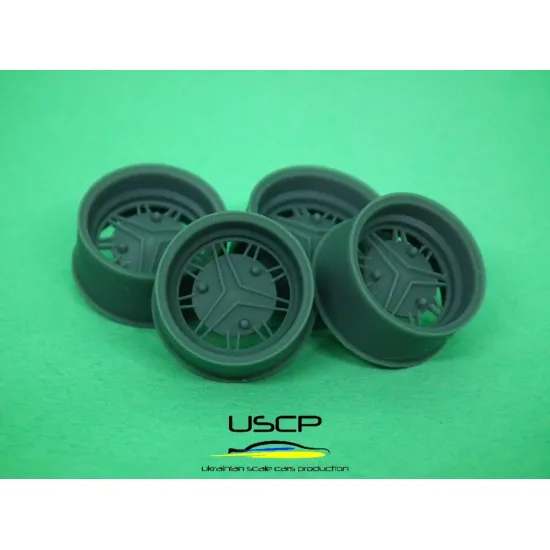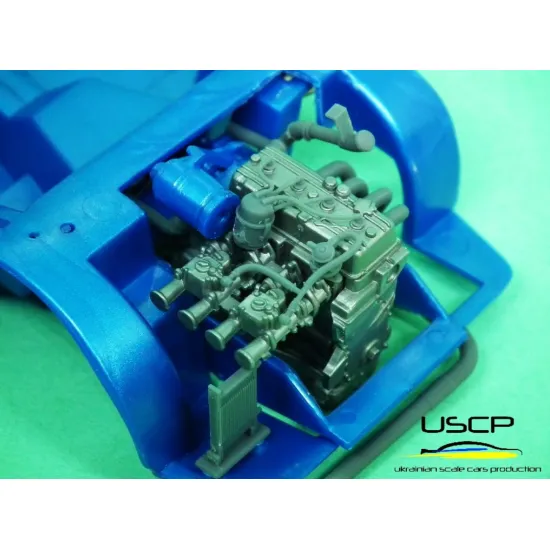Why Model Kits are the Perfect Hobby for All Ages
Why Model Kits are the Perfect Hobby for All Ages
Blog Article
Product packages attended a long way because their inception, transforming from simple assembly jobs to intricate performs of art. For hobbyists, this development mirrors equally technical advancements and the growing want to hobby small sides with amazing realism.
The Increase of Model Kits
model kits first received recognition in the mid-20th century. Initially designed as simple, useful instruments, the early packages usually featured standard parts made from wood or steel with minimal awareness of detail. By the 1950s, plastic packages joined industry, marking a pivotal time inside their evolution. These plastic types permitted for lightweight and easier-to-assemble types, ultimately causing a spike in recognition among young hobbyists.
The 1960s and 70s saw an surge of imagination in design kits. During this time period, the concentration moved from only assembling cars to producing reproductions of renowned topics which range from jets to sci-fi spaceships. Companies began incorporating higher-quality molds and introducing special modifications, creating the hobby more immersive.

The Revolution in Reality
By the 1980s and 90s, the emphasis in design packages moved toward hyper-realism. Manufacturers began applying injection-molded technology that allowed for extraordinary detailing. Modelers can access sophisticated systems presenting carved finishes, custom stickers, and intricacies previously unimaginable.
Technical improvements also made modification possible. Resources like airbrushes and high-performance shows, coupled with comprehensive directions, gave hobbyists the flexibility to elevate their builds. From weathered tanks to refined race cars, producing life-like designs turned an attainable goal.
Specialist Methods for Painting and Describing Product Packages
For model lovers, the joy is in the details. Painting and finishing methods have changed parallel to design products themselves. Mastering these skills may truly transform any build.
1. Primary for Achievement
Always begin with a primer. Priming guarantees that paint adheres smoothly to materials and creates the base required for vivid, consistent color. Select a primer fitted to your material, whether plastic, resin, or metal.
2. Coating Your Shows
Apply your shows in slim, even layers. This technique avoids clumpy completes and makes changes between tones seamless. Acrylic offers are especially common because of the rapidly drying time and vivid shade options.

3. Include Great Weathering Facts
To give your product a weathered, authentic search, test out weathering practices such as for instance dry discovering, clears, or applying pastels. For cars, delicate decay marks or damaged paint may enhance realism.
4. Great the Stickers
Decals could make or separate the last search of your model. Use a treatment answer to help them comply with rounded surfaces and cautiously close them with a clear coat.
From building easy types decades before to today's hyper-detailed creations, model kits continue to encourage imagination and skill. With sophisticated practices and resources, the number of choices for realism and term are endless.
Report this page